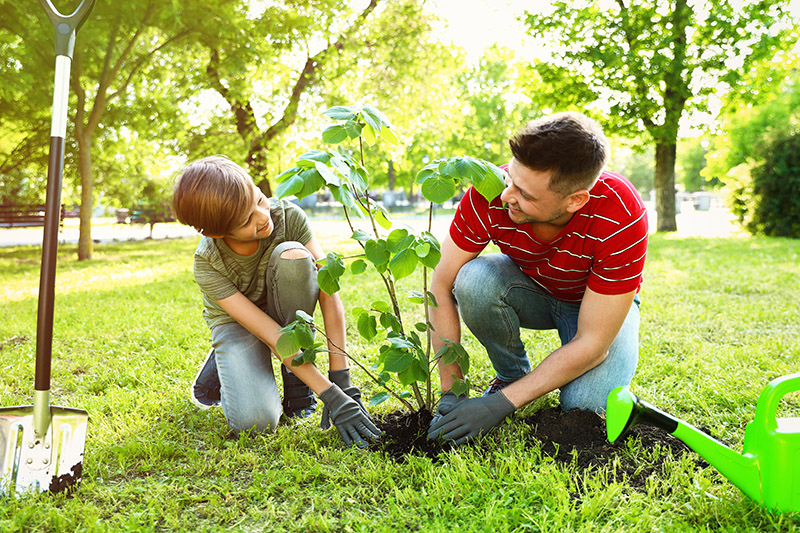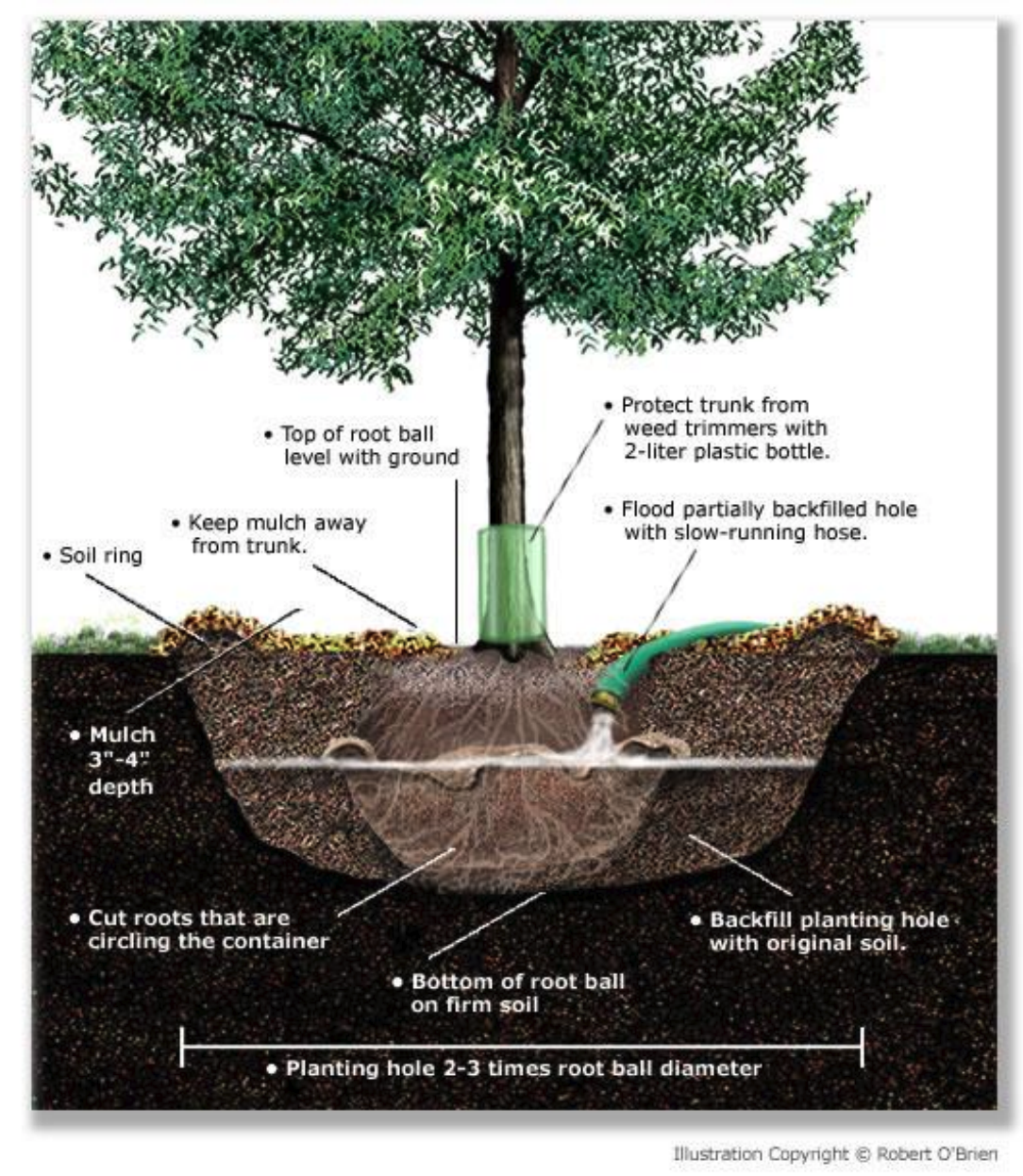
Fort Bend County Master Gardener Offers Pro Planting Tips for Trees and Shrubs This Fall
Planting Trees and Shrubs in the Fall By Chris Taylor, Associate Fort Bend County Master Gardener
Trees and shrubs are a wonderful addition to any residential landscape, providing economic, environmental, and social benefits. It has been estimated that attractive landscaping can add an additional 10-15 percent to your home’s value. Also, trees can help lower your home energy consumption during the summer months. Environmentally, trees and shrubs produce oxygen and help reduce pollutants such as carbon dioxide and ozone. Socially, spending time among trees in green spaces has been shown to reduce stress. Probably everyone could benefit from some level of stress reduction!
Why plant in the fall?
After all, most homeowners plant in the spring as the growing season approaches. However, by planting in the fall the trees and shrubs have time to establish their roots during the cooler months before the heat of the following summer. Since roots continue to grow down to a soil temperature of 40 degrees, and the soil in the Gulf Coast area rarely drops below 40 degrees, your new trees and shrubs will have a head start in the spring.
Plan before you plant
Like anything else, a little bit of planning goes a long way. It’s best to draw a plan on paper of the space you would like to landscape. You may want the trees and shrubs on your plan to serve a purpose, such as providing shade or privacy. Keep in mind when planning what the mature size of the trees and shrubs will be so that they will fit comfortably in the overall landscape years down the road. Other topics to keep in mind include:
- Will the tree or shrub grow in your soil type? (predominantly clay in this area)
- Any special watering needs?
- Do they require shade or sun?
- Are they cold-hardy enough to survive the occasional freezes that occur here?
You can get help with these questions from the resources below. Also, you might drive around your neighborhood and see if any of your neighbors have the trees or shrubs you’re considering. This should help identify the ones that will grow in your neighborhood and may show you how large they will become after a few years of growth.
General guidelines for planting success
- If the roots of your new tree or shrub have grown in a circle in the container, snip some of the circling roots off.
- Dig the hole two to three times the size of the root ball diameter. This will help the roots extend outward in loosened soil.
- Dig the hole the same depth as the root ball. The bottom of the root ball should be placed on firm soil.
- Start filling in any remaining areas around the root ball with the original soil you just dug out. It’s not advisable to amend the soil.
- Thoroughly water the partially-backfilled hole with a slow-running hose
- Do not fertilize after planting. Wait until spring for light fertilizing.
- A thorough watering every 7-10 days is normally sufficient if you have watered correctly at planting time. Over-watering can promote root rot. More trees die from over-watering than from under-watering.
- Finally, a layer of mulch 3-4 inches thick reduces weed growth and helps retain moisture. Just make sure the mulch doesn’t touch the trunk of the tree or shrub.

Your planning and care during this process will provide you many years of enjoyment! For more information visit texastreeplanting.tamu.edu or aggie-horticulture.tamu.edu/earthkind.
Fort Bend County Master Gardeners are trained volunteers who assist Texas A&M AgriLife Extension Service in educating the community using research-based horticultural information.
Source: FBCMG








